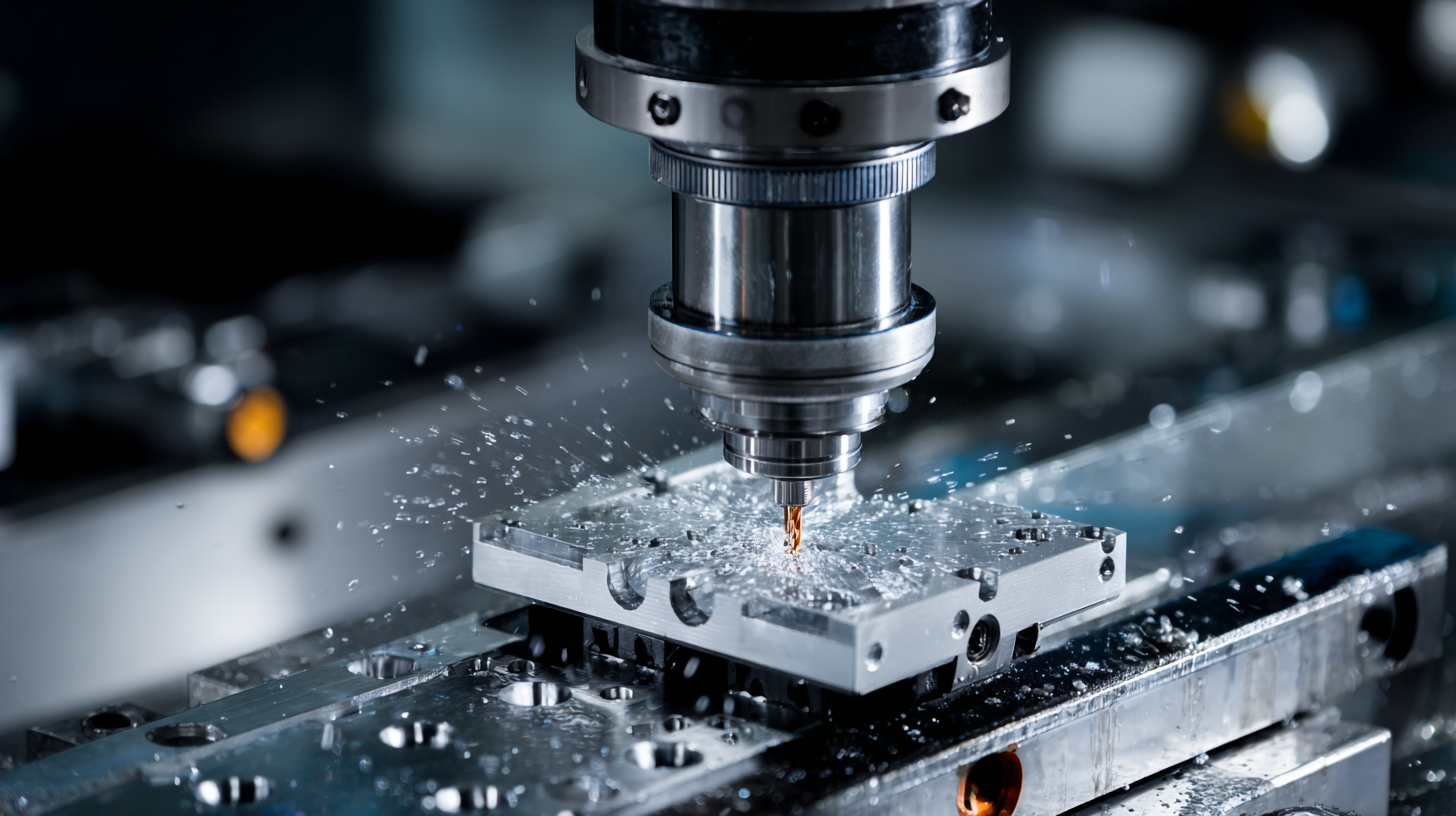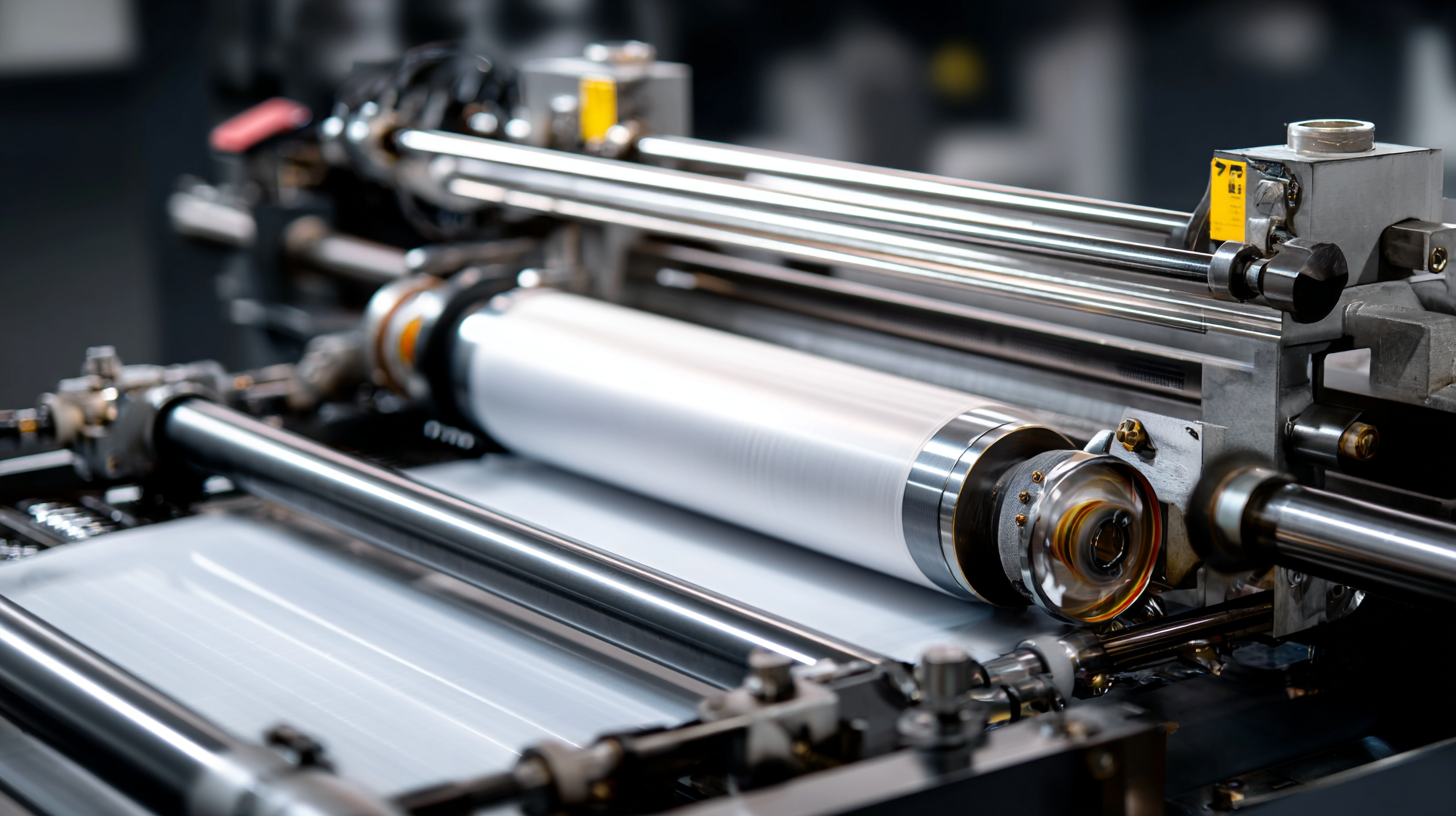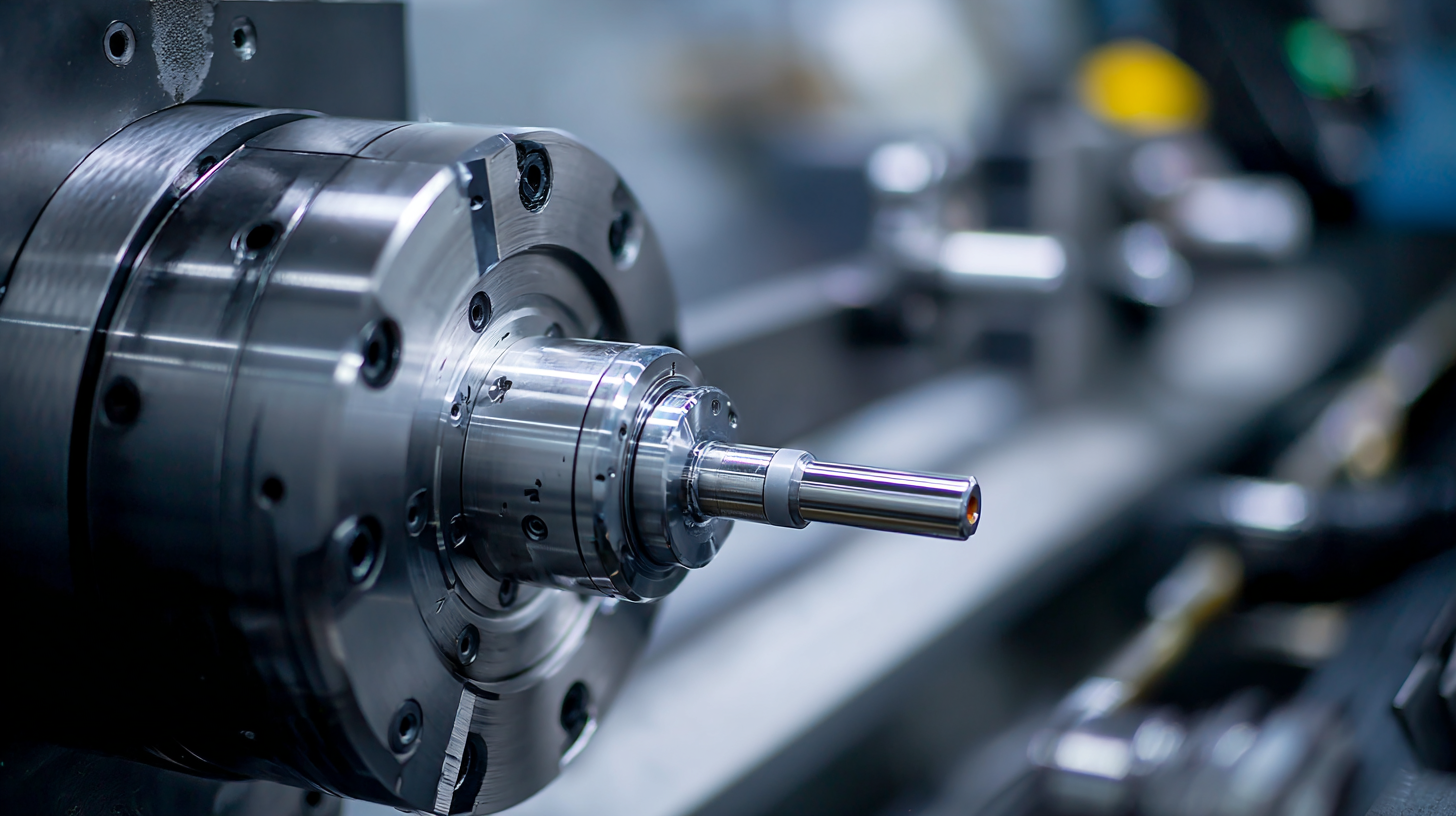Top Strategies for Maximizing Efficiency with Best Metal Cutting Machines in Manufacturing
In today's highly competitive manufacturing landscape, optimizing efficiency is paramount for success, especially for industries reliant on precision tools like the Metal Cutting Machine. As China continues to establish itself as a leading manufacturing powerhouse with an extensive global footprint, the adoption of cutting-edge metal cutting technologies becomes crucial. This blog will explore top strategies that manufacturers can implement to maximize the efficiency of their operations through the intelligent use of the best metal cutting machines available in the market. By focusing on innovative techniques, machine selection, and operational best practices, manufacturers can enhance productivity, reduce waste, and ultimately increase profitability. In an era where quality and speed dictate market leadership, understanding how to leverage these machines is essential for pushing boundaries and achieving excellence in metal fabrication.

Importance of Selecting the Right Metal Cutting Machine for Optimal Efficiency
Selecting the right metal cutting machine is pivotal for achieving optimal efficiency in manufacturing. Advanced machines enhance productivity and reduce waste, making them integral to any manufacturing operation. According to a recent industry report, organizations that adopt high-tech metal cutting solutions can boost their operational efficiency by up to 30%. This significant improvement underscores the importance of investing in the latest technology to remain competitive in a rapidly evolving market.
To maximize efficiency, manufacturers should consider a few key strategies when choosing metal cutting machines. First, analyze the specific requirements of the production line, such as material type and complexity of cuts needed. This targeted approach ensures that the chosen machine fits the operational needs effectively. Additionally, leveraging AI-driven supply chain solutions can help companies predict maintenance needs and optimize workflows, further enhancing productivity.
**Tip:** Regularly evaluate the performance of the cutting machine with real-time data analytics to identify bottlenecks.
**Tip:** Invest in staff training to ensure that operators are skilled in utilizing the advanced features of the machine, which can lead to better output quality.
**Tip:** Implement a robust maintenance schedule to prevent downtime and prolong the lifespan of the equipment.
Innovative Technologies Revolutionizing Metal Cutting in Modern Manufacturing
The landscape of metal cutting in modern manufacturing is undergoing a remarkable transformation, largely driven by
innovative technologies. Advanced CNC machines equipped with sophisticated software allow for precise, automated cutting, significantly reducing human error and increasing production speed. These machines utilize data analytics and real-time monitoring, enabling manufacturers to optimize their operations and minimize downtime. As a result, companies can achieve higher quality products while also reducing waste, thus improving their overall efficiency.
Another revolutionary advancement is the integration of laser cutting technology. This method provides unparalleled accuracy and versatility, making it ideal for a variety of materials and complex designs. Laser cutting systems can quickly adjust settings on-the-fly, accommodating different thicknesses and types of metal without the need for extensive manual recalibration.
 Furthermore, the emergence of Industry 4.0 concepts, such as IoT connectivity and artificial intelligence, allows metal cutting machines to communicate with other systems across the production line, enabling seamless data flow and predictive maintenance. Together, these innovations are not only enhancing the efficiency of metal cutting processes but also redefining the standards of the manufacturing industry.
Furthermore, the emergence of Industry 4.0 concepts, such as IoT connectivity and artificial intelligence, allows metal cutting machines to communicate with other systems across the production line, enabling seamless data flow and predictive maintenance. Together, these innovations are not only enhancing the efficiency of metal cutting processes but also redefining the standards of the manufacturing industry.
Best Practices for Maintenance and Operation of Metal Cutting Machines
Maintaining metal cutting machines effectively is crucial for maximizing their efficiency in a manufacturing environment. Regular inspection is a best practice that helps identify wear and tear before it leads to significant downtime. Operators should conduct daily checks on critical components such as blades, belts, and coolant levels to ensure optimal performance. Implementing a preventive maintenance schedule not only extends the life of the machines but also enhances their cutting capability, ultimately contributing to production quality and consistency.
In addition to routine inspections, proper operation techniques play a vital role in maximizing machine efficiency. Operators should be trained on the latest technologies and best practices in metal cutting to minimize errors and maximize productivity. Utilizing the correct cutting speeds and feeds specific to the materials being processed can significantly reduce tool wear and improve finish quality. Furthermore, ensuring that the machines are clean and well-lubricated reduces friction and overheating, thus maintaining operational efficiency. Investing time in maintenance and training cultivates a culture of reliability and excellence in metal cutting operations.
Integrating Automation for Enhanced Precision and Speed in Metal Cutting Processes
In today's fast-paced manufacturing environment, integrating automation into metal cutting processes is essential for achieving enhanced precision and speed. Automated metal cutting machines, equipped with advanced technologies such as CNC (Computer Numerical Control) and robotics, streamline operations by minimizing human intervention. This not only reduces the likelihood of errors but also allows for consistent output quality, which is critical in meeting industry standards and client specifications.
Moreover, the incorporation of automation leads to significant time savings. Machines equipped with smart controls can adjust cutting parameters in real-time based on material properties and desired outcomes. This adaptability ensures that cutting operations are optimized, resulting in shorter cycle times and increased throughput. Additionally, data analytics and machine learning can forecast maintenance needs, reducing downtime and keeping production lines running smoothly. Adopting automated solutions not only boosts productivity but also positions manufacturers to remain competitive in an ever-evolving market.

Comparative Analysis of Top Metal Cutting Machines: Features and Benefits
When it comes to maximizing efficiency in manufacturing, the choice of metal cutting machines can make a significant difference. Leading models in the market, such as CNC machines, laser cutters, and waterjet cutters, provide unique features and benefits that cater to different production needs. CNC machines, renowned for their precision and versatility, allow for complex designs and automation, ultimately streamlining the production process. Their ability to reduce human error makes them a favorite among manufacturers aiming for efficiency and quality.
In contrast, laser cutters offer unmatched speed and accuracy, making them ideal for thin materials and intricate patterns. Their ability to produce clean cuts without the need for extensive post-processing saves time, enabling manufacturers to increase throughput. Waterjet cutters, on the other hand, are perfect for thicker materials and a wide variety of substrates, as they utilize high-pressure water jets to cut without generating heat, which helps maintain the integrity of the material. Each machine presents unique advantages depending on the specific requirements of a manufacturer, emphasizing the importance of understanding these features for strategic investment.
